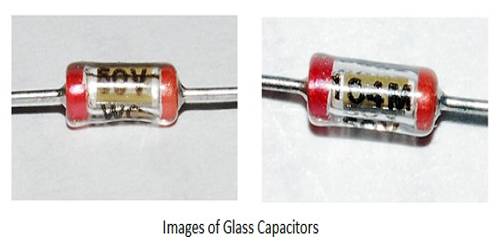According to a recently published paper in Physical Review Letters, a team of physicists made a quantum leap forward in spatial manipulation and energy control of room-temperature quantum fluids of light, aka polariton condensates, marking a pivotal milestone for the development of high-speed, all-optical polariton logic devices that have long held the key to next-generation unconventional computing.
Polaritons, which are hybrid particles created by the interaction of light and matter, are commonly defined as a quantum fluid of light that can be controlled via its matter component. Researchers have made a significant breakthrough by developing a novel approach for active spatial control of liquid light condensates at ambient temperature.
What distinguishes this advancement is the ability to control polariton condensates without relying on the regularly used polariton excitation patterns. The scientists accomplished this feat by inserting a weakly linked layer of copolymer into the cavity that remained nonresonant to the cavity mode. This seemingly simple but highly clever step has opened up a world of possibilities.

The researchers achieved rapid control of the effective refractive index while forming a polariton condensate by partially saturating the optical absorption in this uncoupled semiconductor layer with a two-color beam excitation. They have discovered the mysteries of locally produced polariton dissipation using the wonder of excited-state absorption.
The intricate interplay of these systems, like jigsaw pieces, has resulted in unprecedented control over the spatial profile, density, and energy of a polariton condensate—all at room temperature.
“This breakthrough ushers in a new era of organic polariton platforms designed to lay a solid foundation for the field of ambient liquid light computing.” We may harness the full potential of polaritons and break free from the limits of typical cavity structures by controlling the interesting features of intense light-matter interactions. “We are seeing the future of technology unfold right in front of our eyes,” says Anton Putintsev, a research scientist at Skoltech’s Laboratory of Hybrid Photonics and the main force behind this effort.
With this advancement, scientists may now create all-optical polariton logic systems that take advantage of ultrafast microcavity refractive index modulation as an independent, real-time tuning parameter. It also allows for the incorporation of such weakly coupled absorbers in microcavities of a lateral design, which has recently been proposed as a way to bring polariton platforms into the plane of a photonic chip circuitry domain.
















